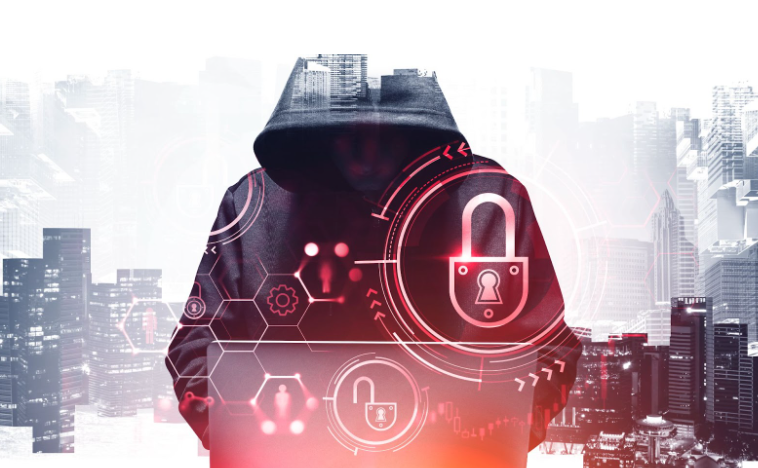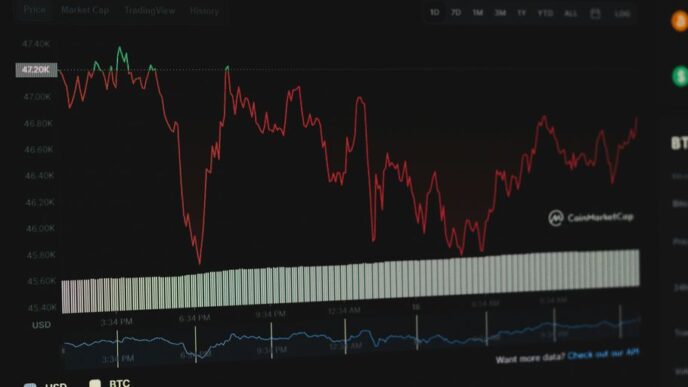In this article, you will learn from a number of IT industry experts about the different types of ransomware, how to protect your computer from ransomware, and how to start a ransomware business. You will also learn about the risks of ransomware and tips for recovering from a ransomware attack. Finally, you will learn about the future of ransomware.
What is ransomware and how does it work?
Sruli Wolff – Wolff Adar IT Solutions
https://www.wolffadar.com
Ransomware is malware that locks users out of their devices or encrypts their data until a ransom is paid. There are two main types of ransomware: lock screen ransomware and encrypting ransomware.
- Lock screen ransomware: This type of ransomware locks the user’s device, preventing them from accessing it. The user is then prompted to pay a ransom to unlock their device.
- Encrypting ransomware: This ransomware encrypts the user’s data, making it unreadable. The user is then prompted to pay a ransom to decrypt their data.
How to protect your computer from ransomware
Kenny Riley – Velocity IT
https://www.velocityit.net/business/it-services-plano/
There are a few things you can do to protect your computer from ransomware:
- Keep your operating system and software up-to-date: Outdated software is one of the main ways ransomware gets onto a device. By keeping your operating system and software up-to-date, you can patch any known security vulnerabilities that ransomware could exploit.
- Use a reputable antivirus program: A good antivirus program can detect and remove ransomware before it has a chance to encrypt your data or lock your device.
- Back up your data regularly: If you have a backup of your data, you can recover your data even if it is encrypted by ransomware.
- Be cautious when opening email attachments: One of the most common ways ransomware is distributed is via email attachments. Be cautious when opening email attachments, even if they appear from a trusted sender.
- Don’t click on links in email messages: Similarly, don’t click on links in email messages, even if they look legitimate. If you hover over a link, you can usually see the link’s true destination. If the destination doesn’t match the text of the link, don’t click on it.
- Be cautious when downloading files from the internet: Only download files from websites you trust. If you download a file from a less reputable website, scan it with your antivirus program before opening it.
- Don’t enable macros in office documents: Office documents that contain macros can be used to distribute ransomware. Don’t enable macros in office documents unless you are sure that the document is from a trusted source.
The risks of ransomware
Troy Drever – Pure IT
https://www.pureit.ca/it-consulting-calgary/
There are a few risks associated with ransomware:
- Ransomware can encrypt your data: If you are infected with encrypting ransomware, your data will be encrypted, and you will be unable to access it.
- Ransomware can lock you out of your device: If you are infected with lock screen ransomware, you will be locked out of your device, and you will not be able to access your data.
- You may not be able to recover your data: Even if you pay the ransom, there is no guarantee that you will be able to recover your data.
- Ransomware can spread to other devices on your network: If you are infected with ransomware, it can spread to other devices on your network.
- Ransomware can lead to identity theft: If you are infected with ransomware, the attackers may gain access to your personal information, such as your name, address, and credit card number. This information can then be used for identity theft.
Tips for recovering from a ransomware attack
Dawn Bouch – TUC Technologies
https://www.trytuc.com
There are a few things you can do if you are the victim of a ransomware attack:
- Do not pay the ransom: There is no guarantee that you will be able to recover your data if you pay the ransom.
- Disconnect from the internet: If you are infected with ransomware, disconnect your device from the internet to prevent the ransomware from encrypting your data or spreading to other devices.
- Restore your data from a backup: If you have a backup of your data, you can restore your data from the backup.
- Use a reputable malware removal tool: A reputable malware removal tool can remove the ransomware from your device and help you recover your data.
The future of ransomware
Holden Watne – Generation IX
https://www.generationix.com/it-services-los-angeles/
Ransomware is a growing problem, and it will likely continue to grow in the future. As long as people are willing to pay the ransom, ransomware will be a profitable business for cybercriminals.













